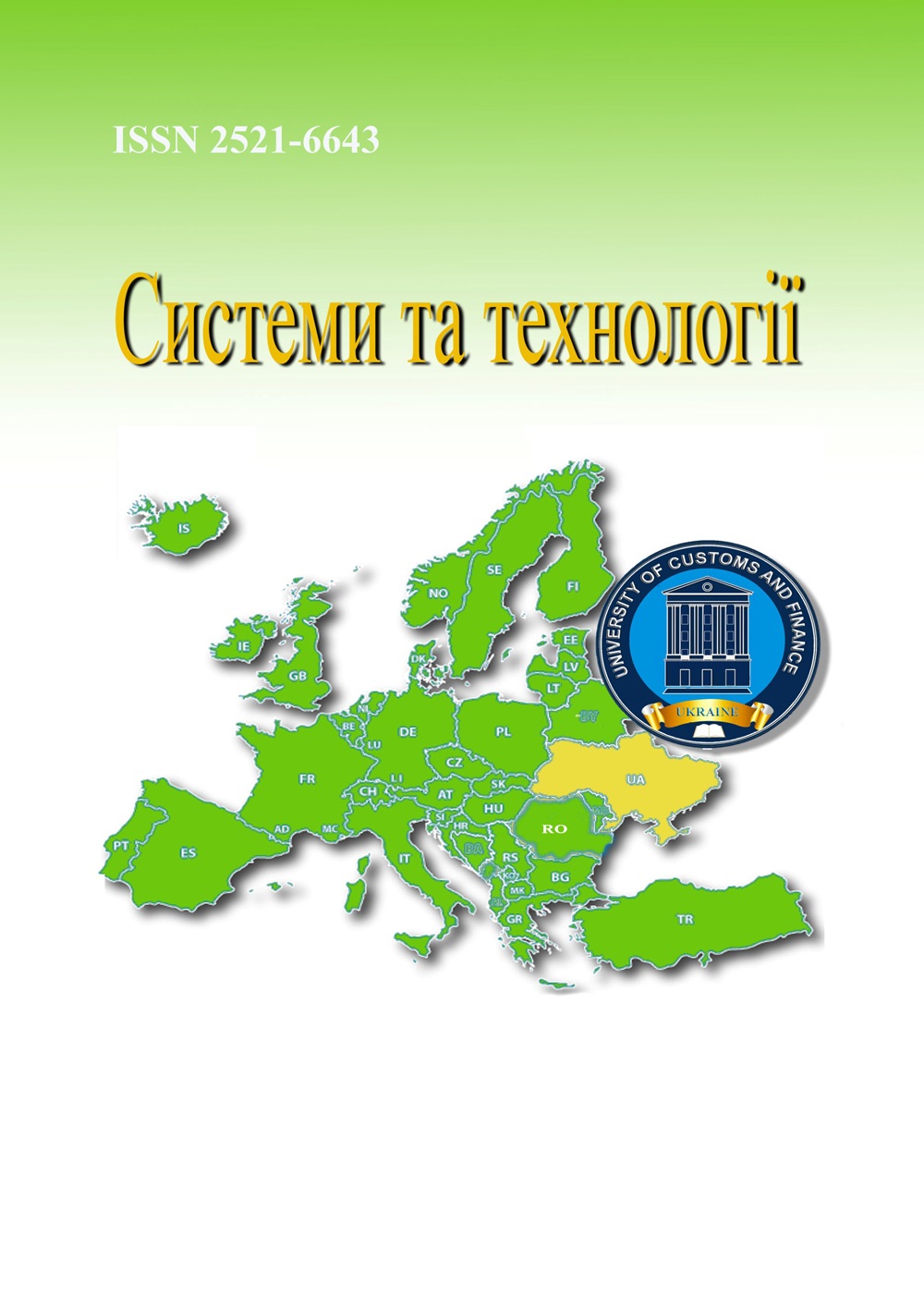INTEGRATION OF AUTOMATED METHODS OF WEB DATA COLLECTION INTO STATE CYBERSECURITY STRATEGIES
Abstract
The article examines the use of automated methods of web data collection (web scraping) in the context of strengthening national cybersecurity, with a special emphasis on emergent adaptive neural networks. Given the challenges of the modern information space, where data volumes are constantly growing, emergent adaptive systems are becoming a key tool in detecting cyber threats, disinformation campaigns, and leaks of sensitive information. Automated methods of web data collection allow integrating new approaches to big data analysis into the state’s information security system, which allows for the prompt identification of threats, in particular through content analysis in social networks, forums, and other open sources. Collecting large amounts of data through web scraping provides a multi-channel approach to threat monitoring and allows systems built on emergent adaptive neural networks to respond more quickly to new attack scenarios. The implementation of such technologies allows to significantly increase the effectiveness of threat prediction and the speed of response to cyber incidents, which is critical for protecting national security.Particular attention is paid to the importance of real-time data processing, which is especially important when implementing emergent adaptive systems in state infrastructures. Adaptive neural networks are able to constantly change their strategies, taking into account new data, which makes the system more resistant to changes in the external environment. The results of the study confirm that the integration of automated methods of web data collection into the state’s information security strategy allows to significantly increase the level of protection of critical infrastructure and effectively predict and reduce potential threats.Thus, the use of web scraping in combination with emergent adaptive neural networks provides significant potential for strengthening national cybersecurity, in particular for protection against new types of attacks and ensuring the stability of state information systems.
References
2. Лоусон Р. Веб-скрапінг за допомогою Python: Успішний збір даних із будь-якого сайту. Packt Publishing, 2015. 245 с.
3. Python: Вивчення веб-скрапінгу за один день! Основи веб-скрапінгу за допомогою Python за короткий час. Академія. 2015. 199 с.
4. Мунцерт С., Рубба К., Мейснер П., Нюхуйс Д. Автоматизований збір даних за допомогою R: Практичний посібник із веб-скрапінгу та текстового майнінгу. 2015. 456 с.
5. Хайдт М. Кулінарна книга веб-скрапінгу з Python. Packt Publishing, 2018. 312 с.
6. Кузіс-Лукас Д. Вивчення Scrapy: Мистецтво ефективного веб-скрапінгу та збору даних за допомогою Python. Packt Publishing, 2016. 320 с.
7. Віклер Е. Python: 3 книги в 1. Основи Python для початківців, автоматизація за допомогою Python, веб-скрапінг та машинне навчання. 2021. 878 с.
8. Мітчелл Р. Веб-скрапінг із Python: Збір даних із сучасного. O’Reilly Media, 2024. 350 с.
9. Брук С., Баесенс Б. Практичний веб-скрапінг для науки про дані: Кращі практики та приклади за допомогою Python. Apress, 2018. 185 с.
10. Очоа Л. Ідеї автоматизації з Python: Робота з електронною поштою, обробка даних, Excel, звіти, веб-скрапінг та інше. 2022. 512 с.

 ISSN
ISSN 




